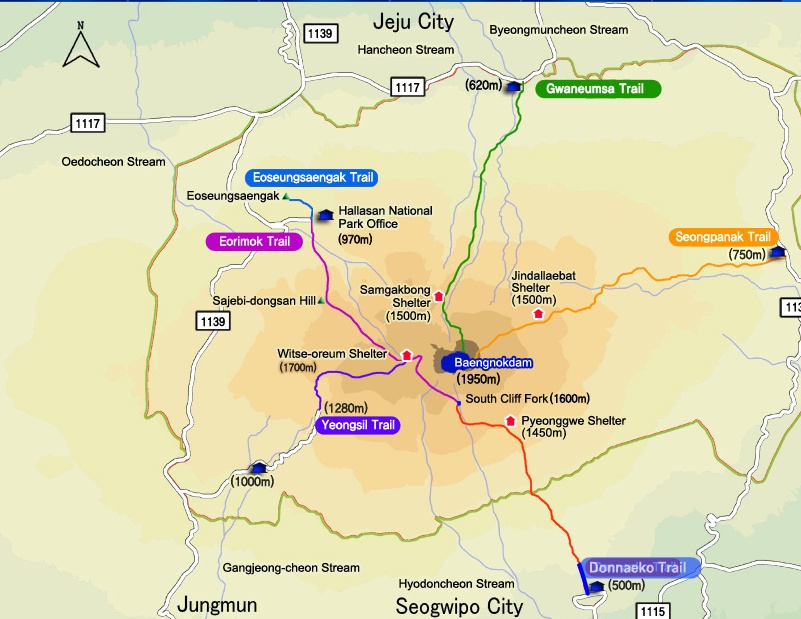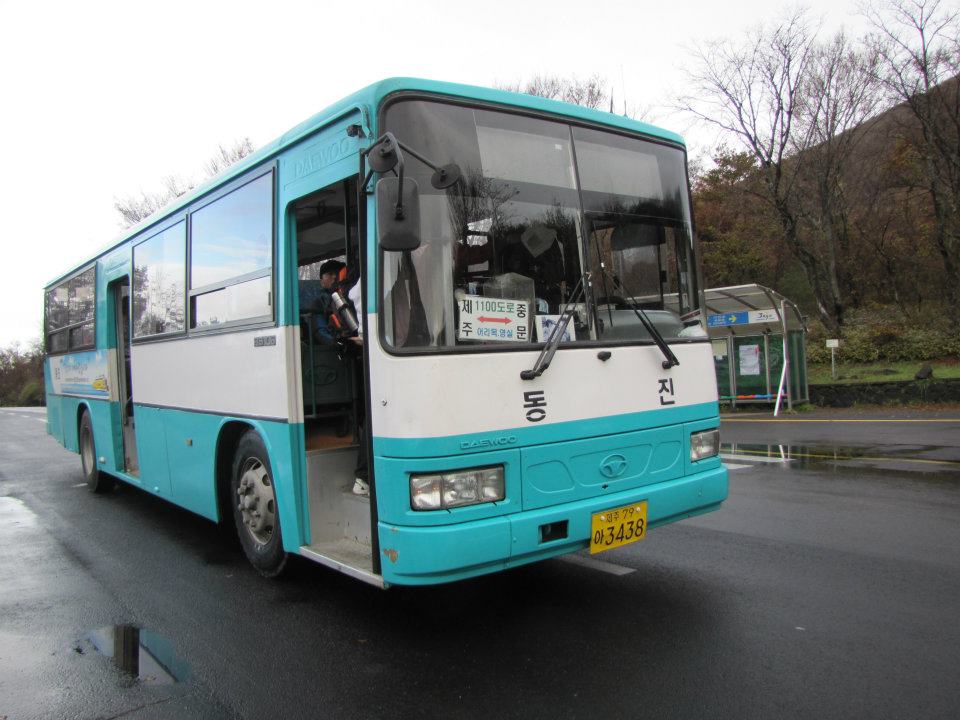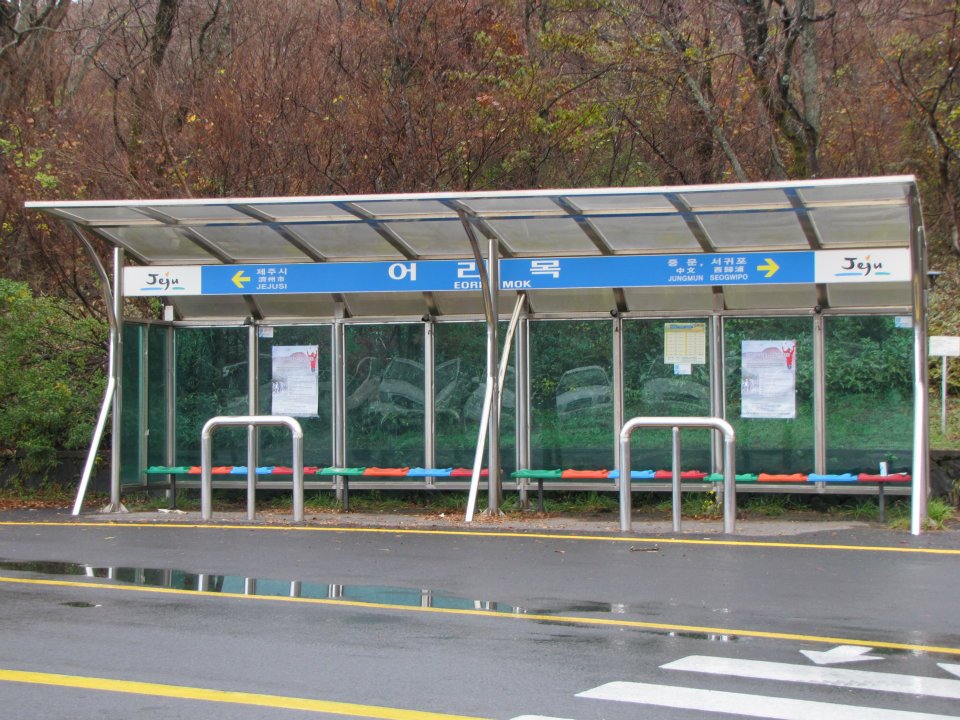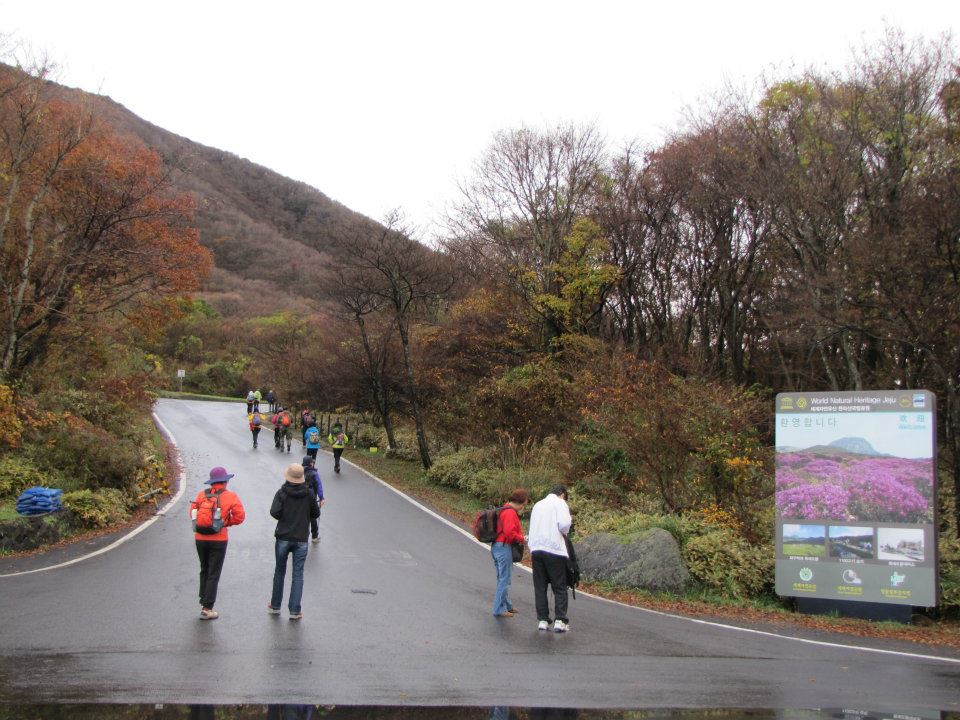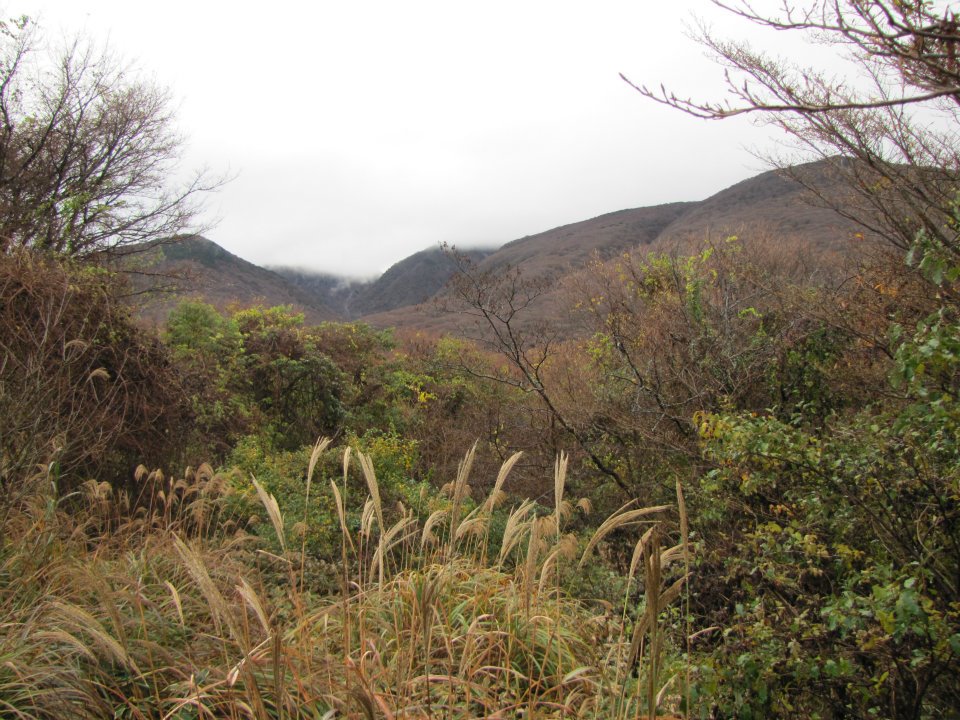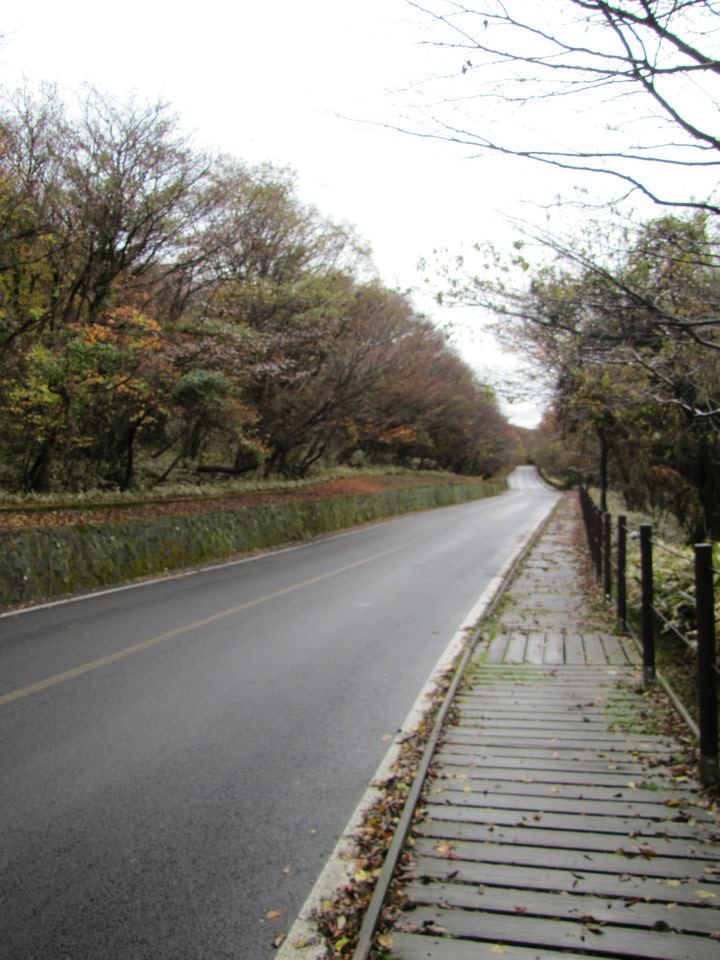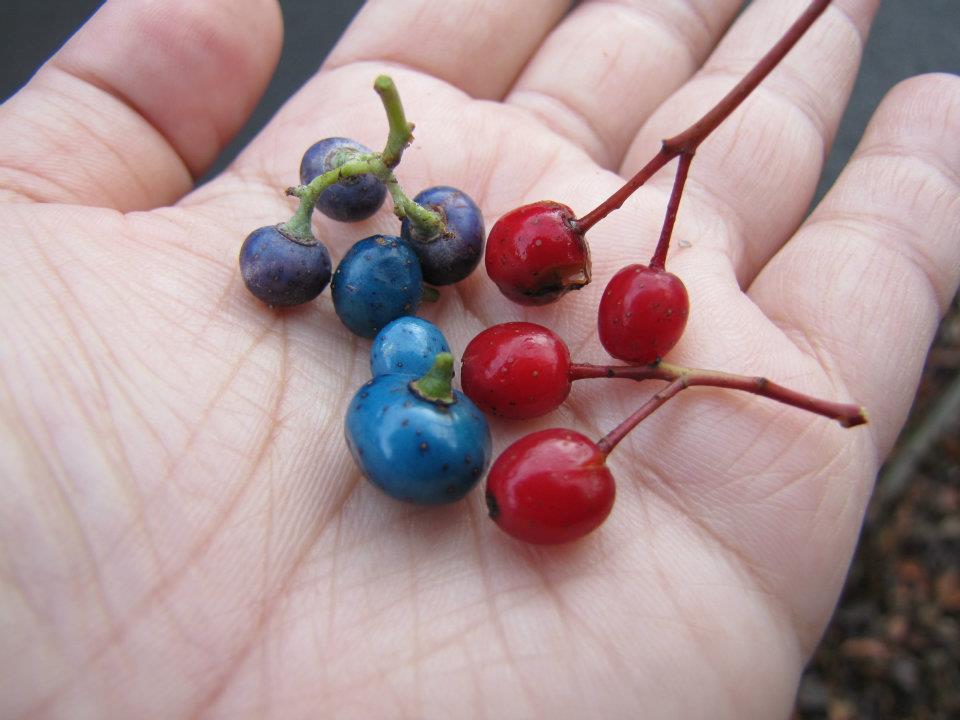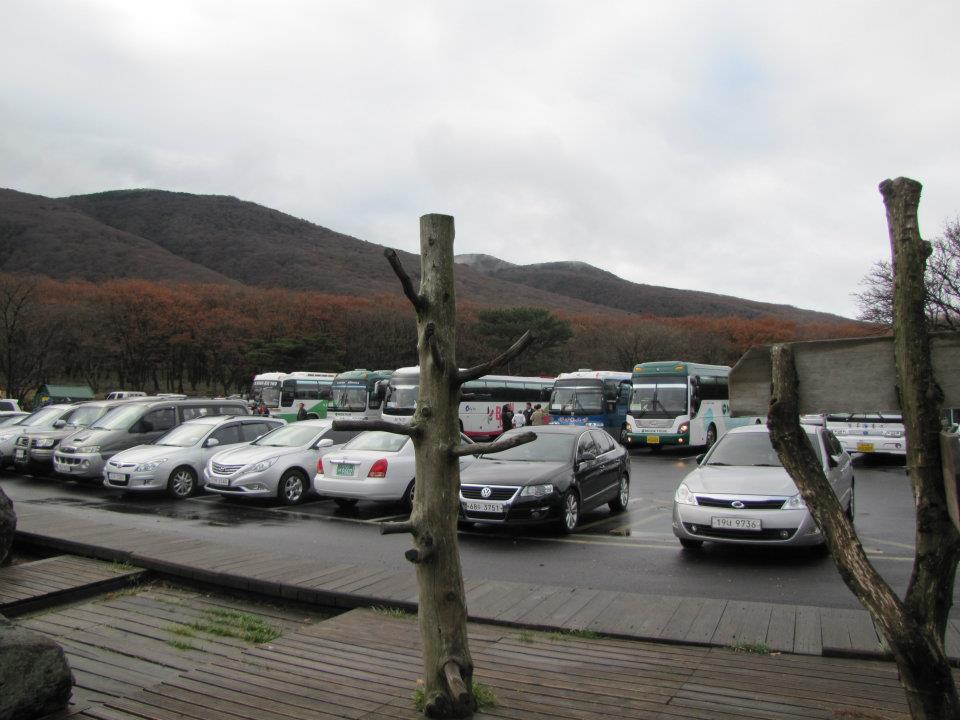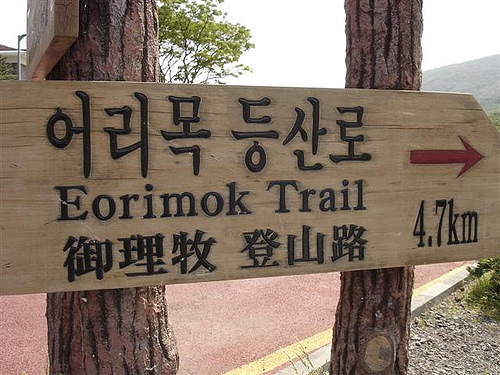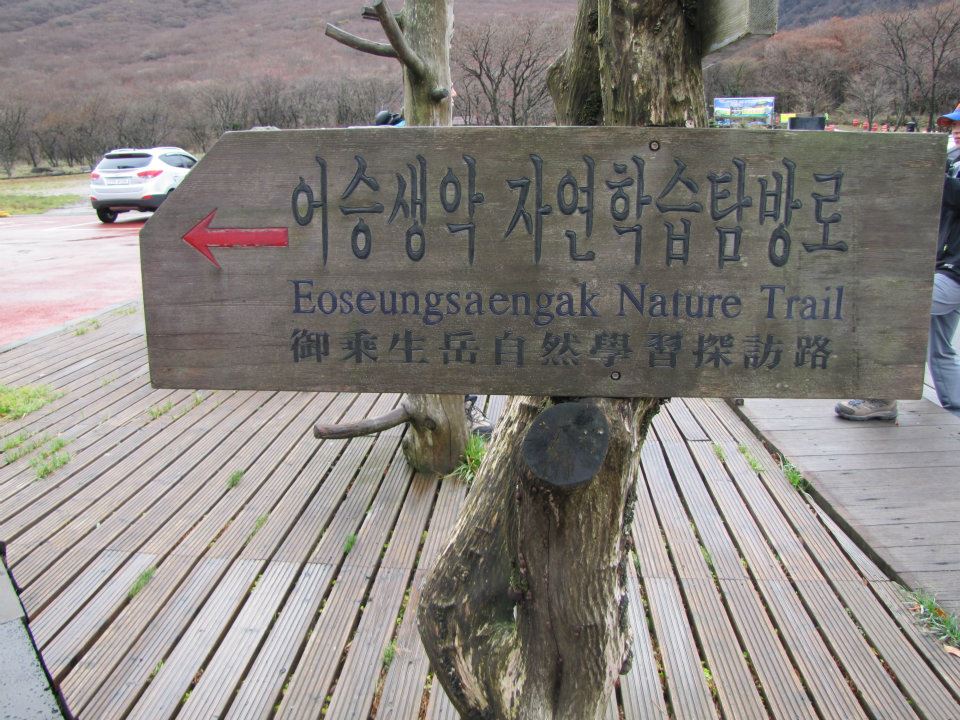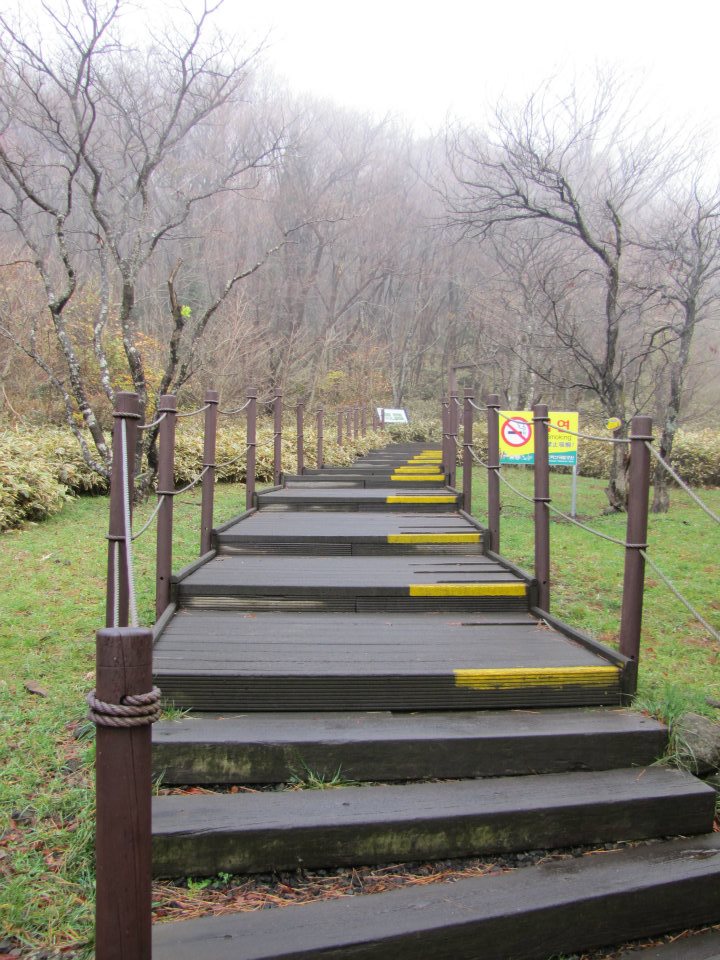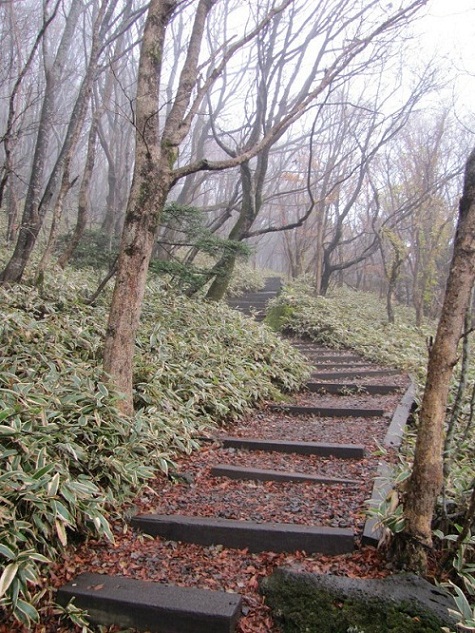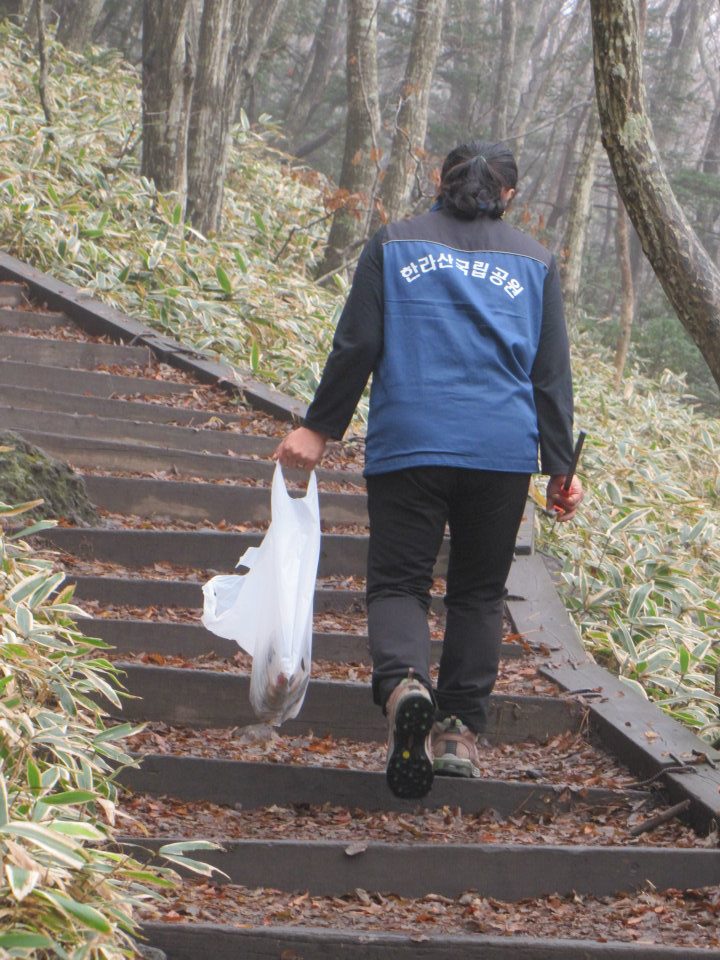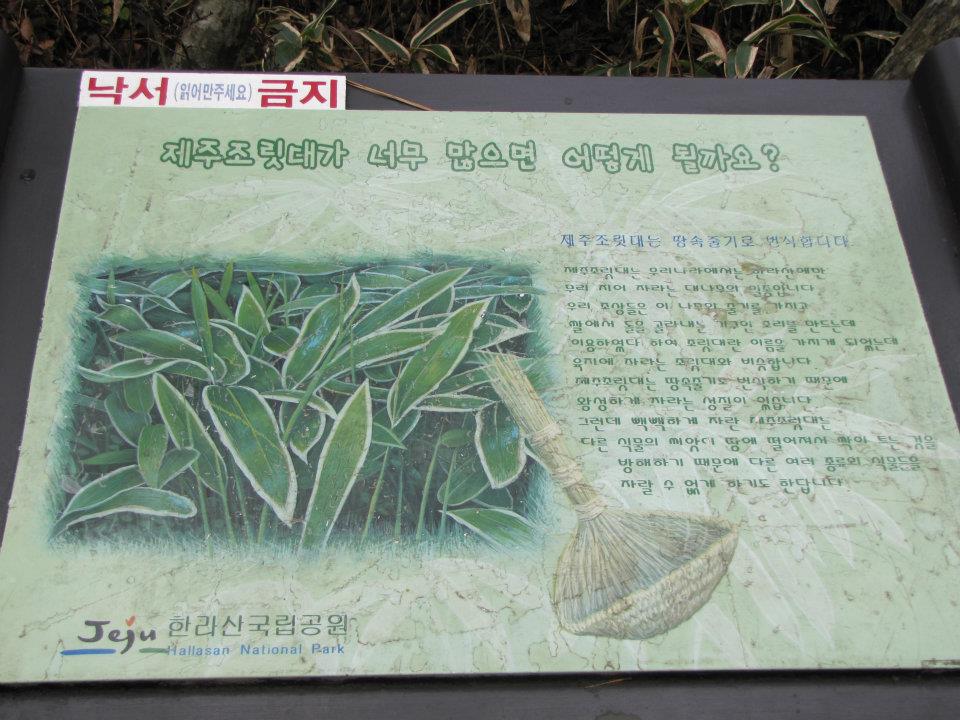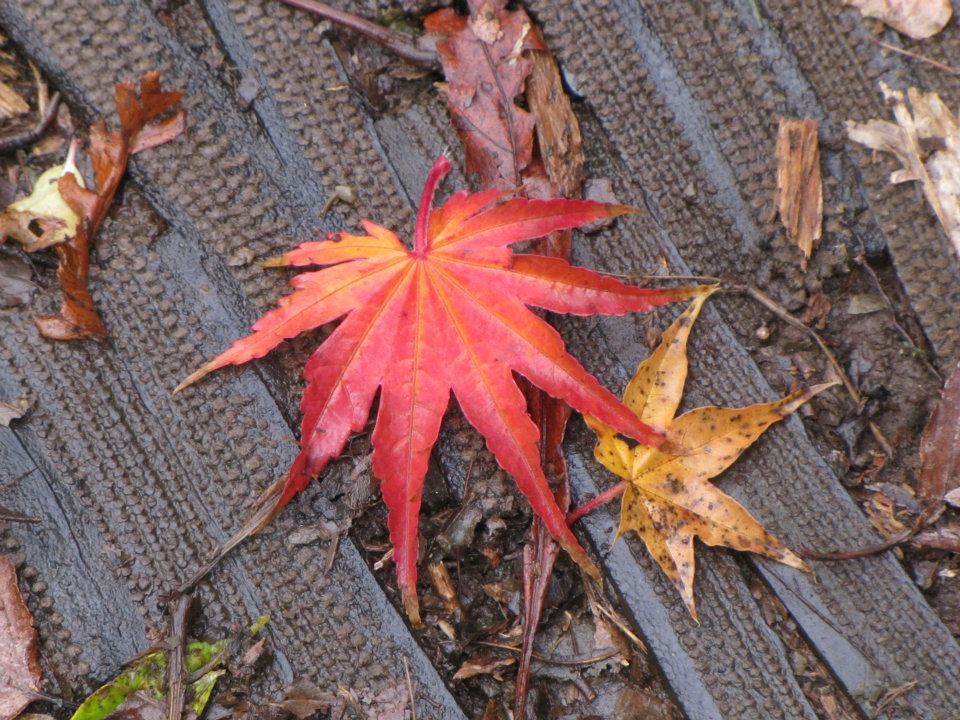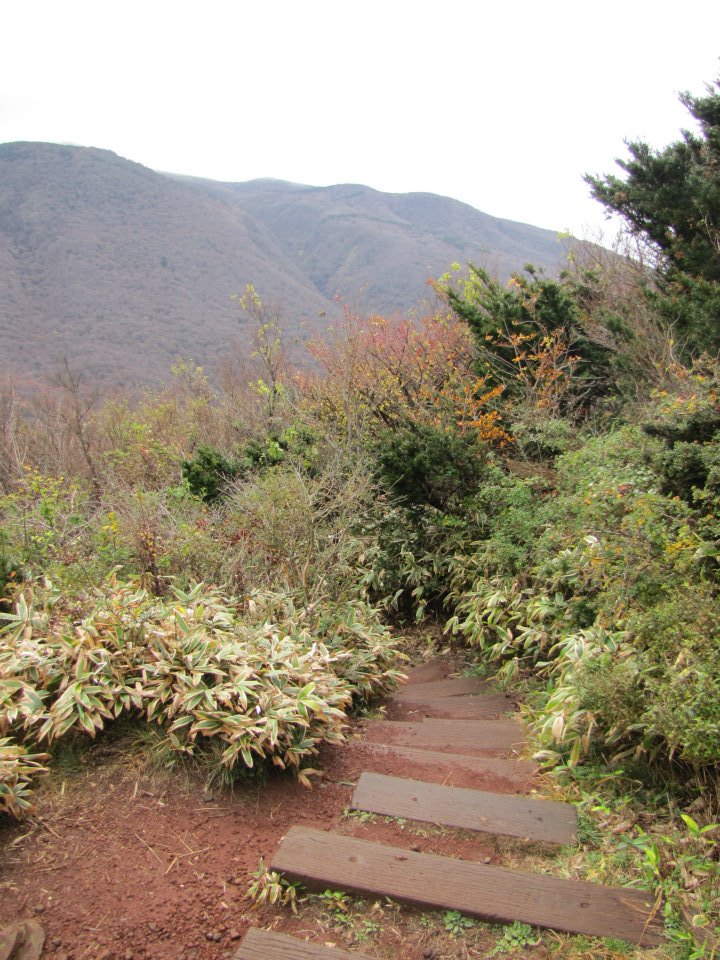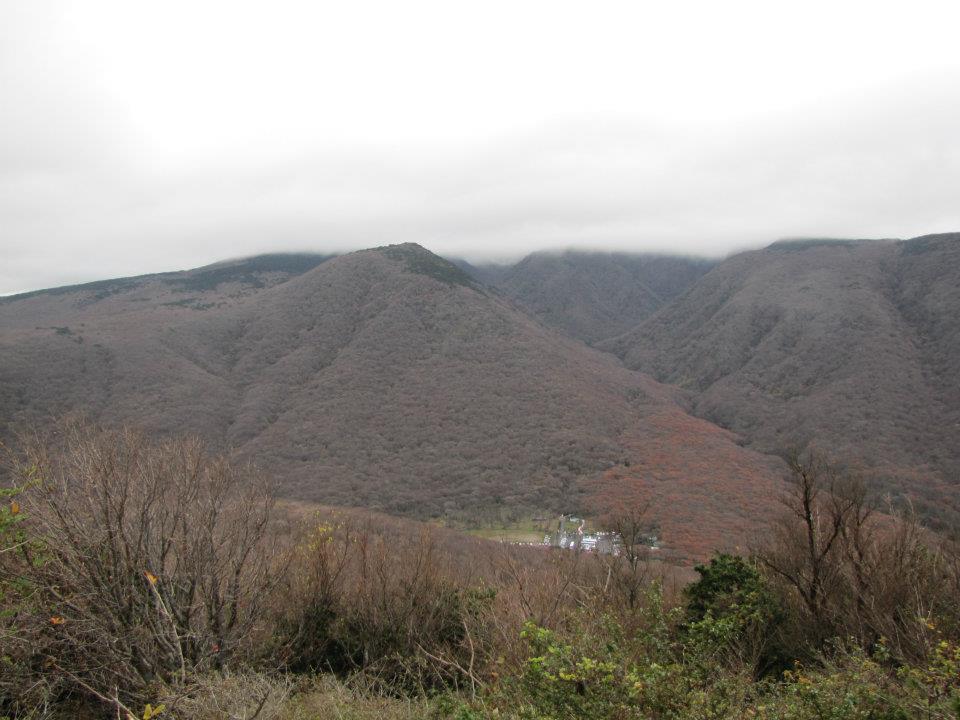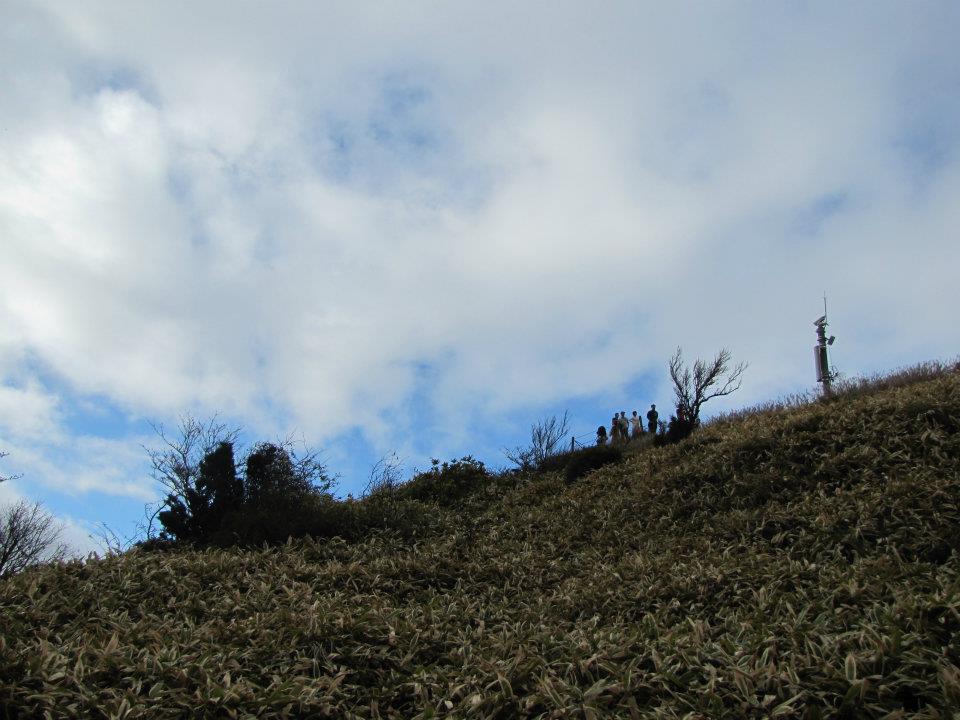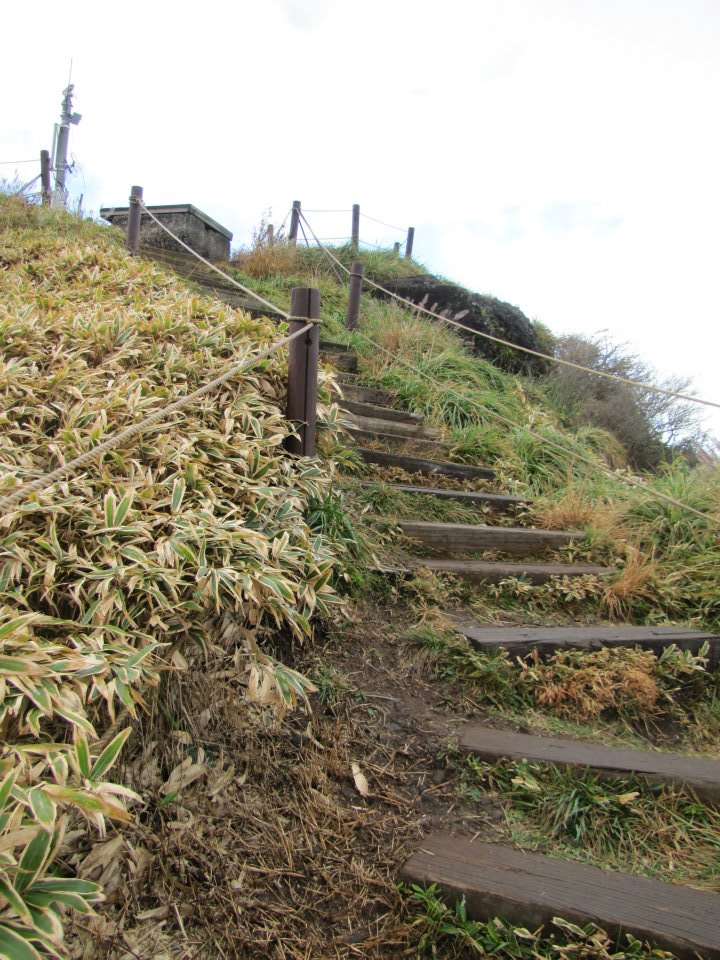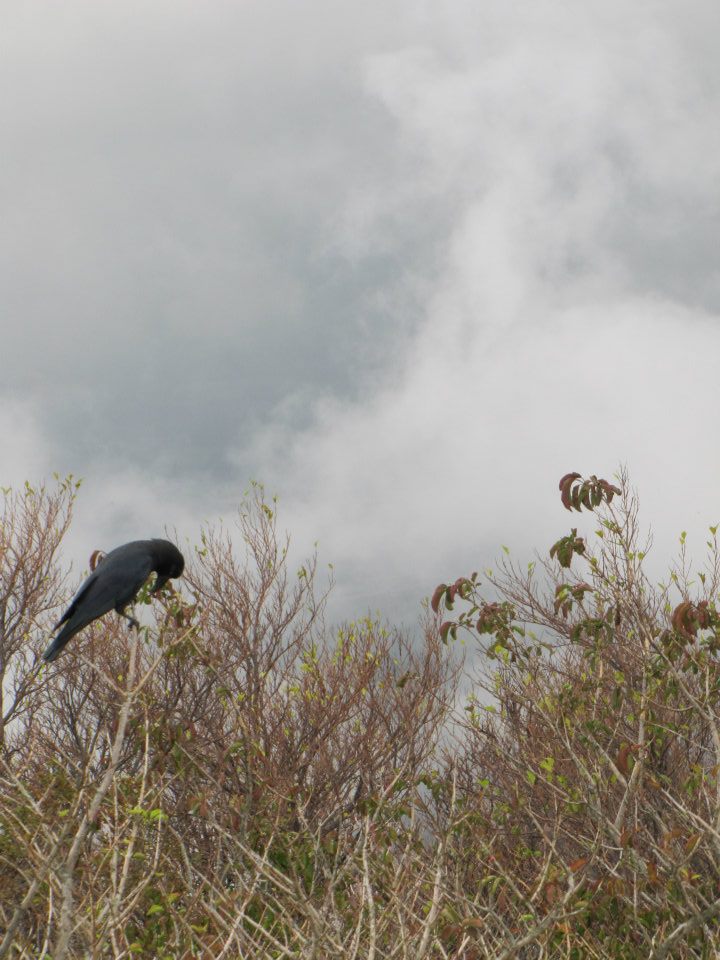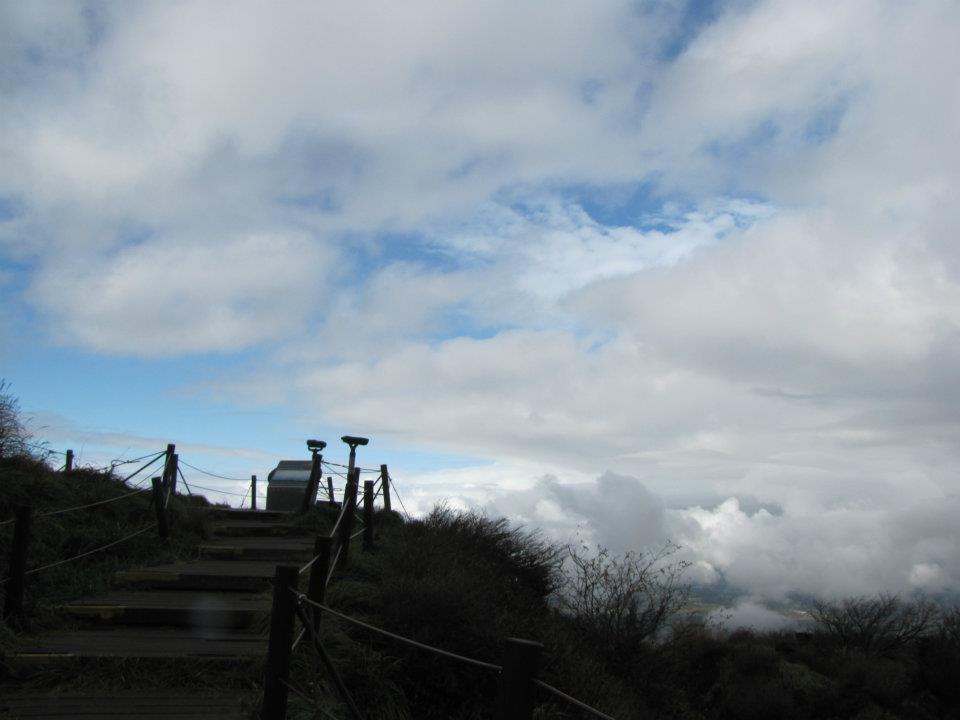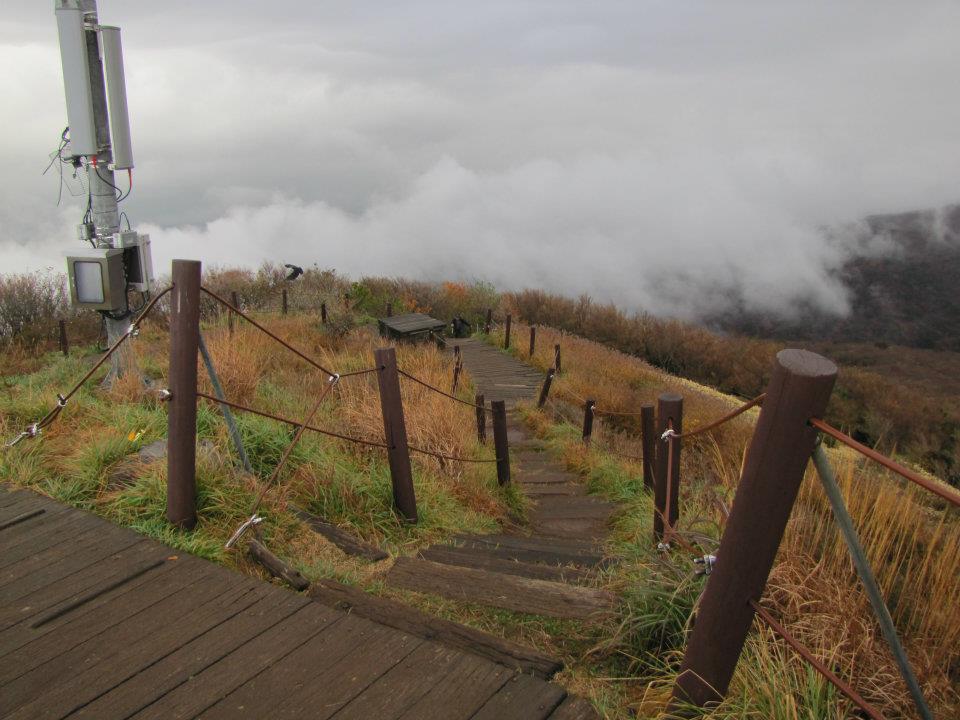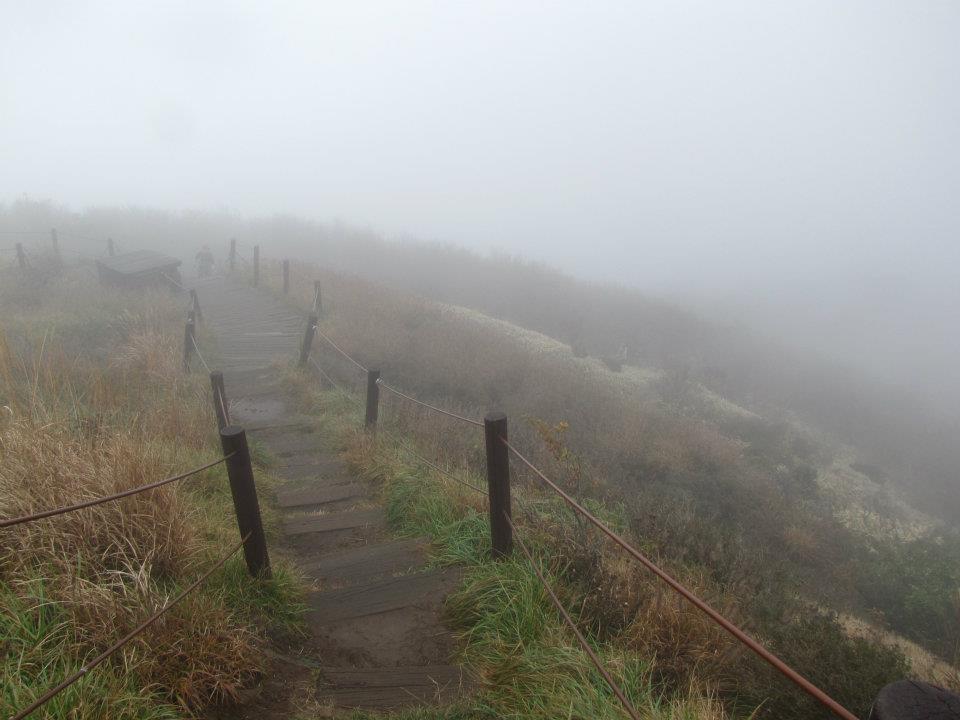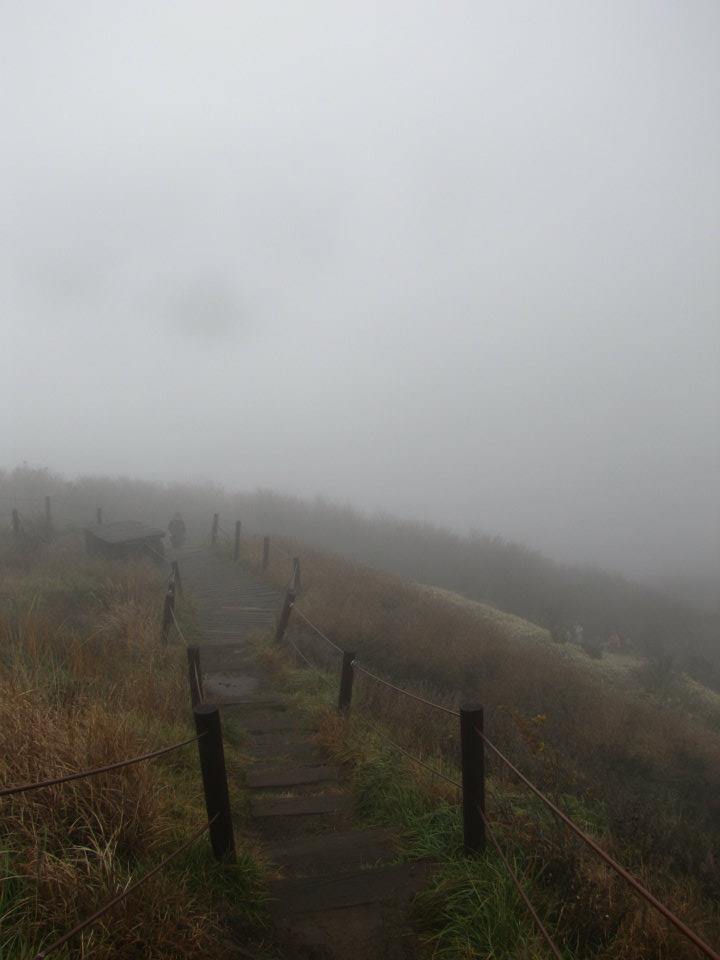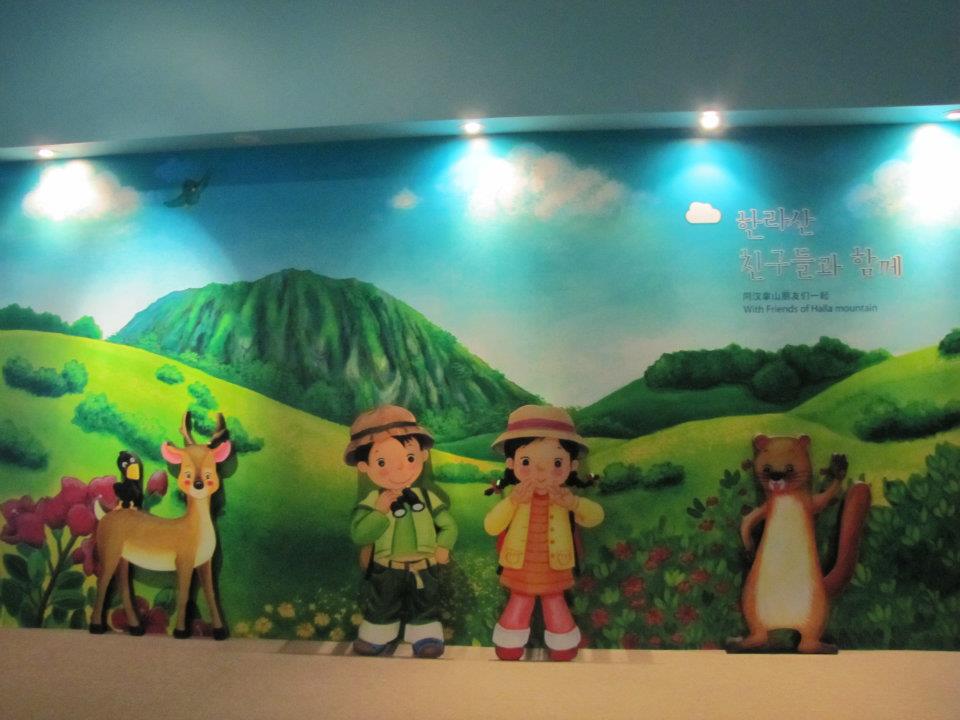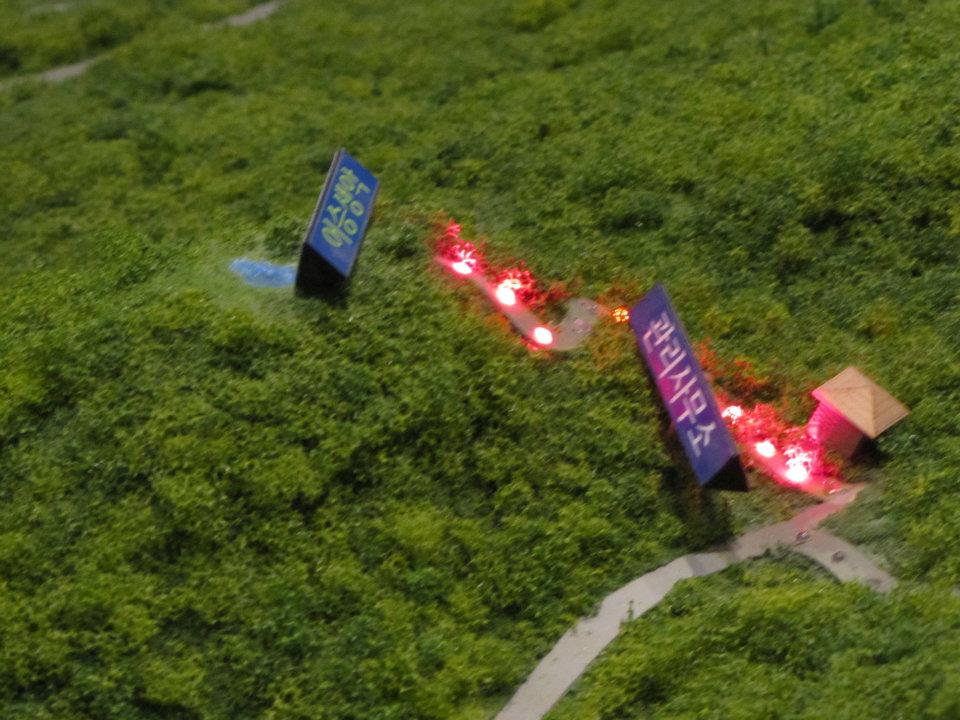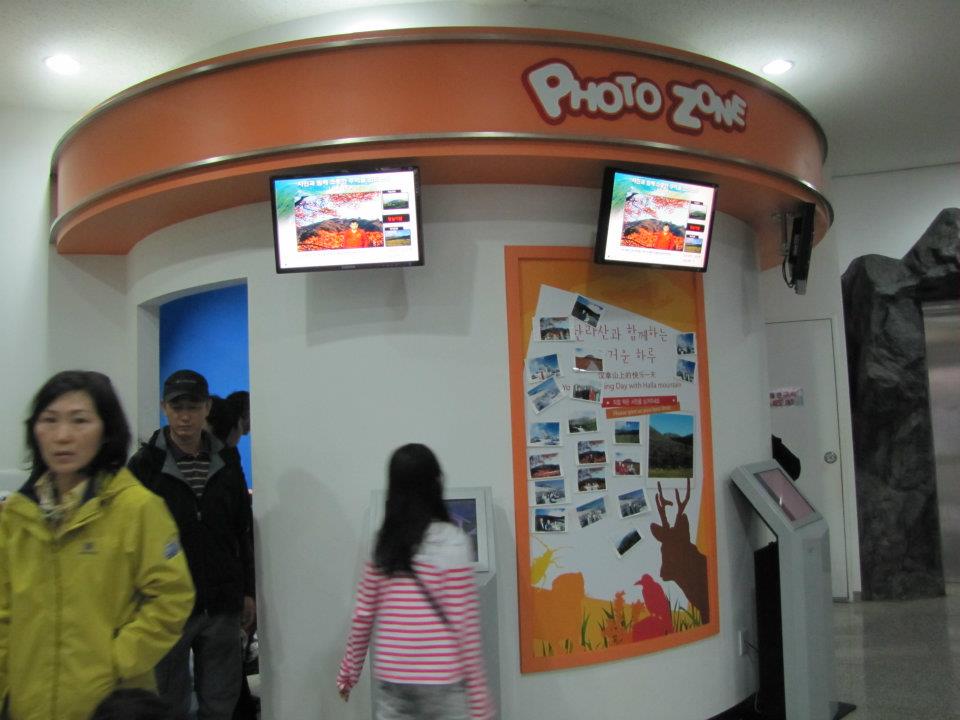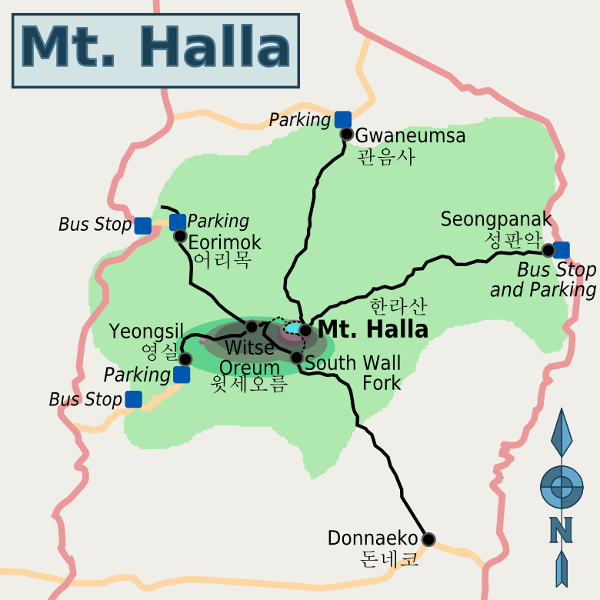 |
เพิ่มเติมรายละเอียด
Hiking
Mt. Halla
Jeju Hallasan Trails.png
Hiking Trails of Mt. Halla.
At 1,950 m (6,400 ft), this is Jeju's most distinctive landmark, and South Korea's highest peak. Furthermore, it is one of Jeju's three UNESCO World Natural Heritage Sites.
There are five hiking routes available, only two of which actually goes to Baeknok Lake (Baekrokdam 백록담) at the top. Despite this, the routes terminating at Witse Oreum (윗세오름) are in themselves popular for good reason. Note that the trails are regularly closed and re-opened for conservational reasons. The 1.5 km route linking the trails on the west side and the top of Mt Halla has been closed for some time. Witse Oreum has a manned rest house and a very basic shop that sells coffee and ramen.
Eorimok (어리목) - A 4.7 km longish (+1km from the bus stop to the trail start), gentle and fairly consitently sloped walk up a forested valley. In winter, the trail is packed with children using the packed down snow for sledding downhill (bring an E-mart bag!) Has a rest house and basic shop at the trail start. Terminates at Witse Oreum.
Yeongsil (영실) - The shortest path at 3.7 km (+2.5 km from the carpark to the trail start). Weaves up a the ridge along steep cliffs and past some waterfalls (frozen in winter) before a final flat stretch at the top. Has a decent restaurant and shop at the trail start. Terminates at Witse Oreum.
Seongpanak (성판악) - A very long, but gentle 9.6 km route up the east side. Terminates at Baeknok Lake atop Mt. Halla.
Gwaneumsa (관음사) - An 8.7 km long route (+some extra at the base) up the north side. The original trail that terminates at Baeknok Lake atop Mt Halla. Has a rest house at the trail start.
Donnaeko (돈네코) - An 8 km long route (+2.1km South Wall fork to reach Weitse Oreum junction from the top) up the south side. Not marked on most maps or guides. Confirm accessibility locally.
All distances listed above are one-way.
Most trails are open all year round, even in the winter. If planning a winter trip, the short trails on the western side are particularly popular, going up Yongsil and down Eorimok or vice-versa, with children and the eldery even being common sights on both . Strap-on crampons (shoe spikes) are however a necessity but if you lack them, the shop at the start of the Yongsil trail sells some for 20,000 won.
Most routes are accessible via bus -- simply state your chosen path at the ticket booth in the inter-city bus terminal -- although in winter the final buses back can leave quite early (around 5). Trails sometimes put up "closed" signs around midday in winter to prevent people getting stuck. Also note that the inter-city buses will drop you at the carpark. The often 1-2 km sealed road walk up to the trail start is not included on trail length approximations on local signage and documentation so bear this in mind.
| จากคุณ |
:
lalalee   
|
| เขียนเมื่อ |
:
17 พ.ย. 54 23:37:29

|
|
|
|
 |



